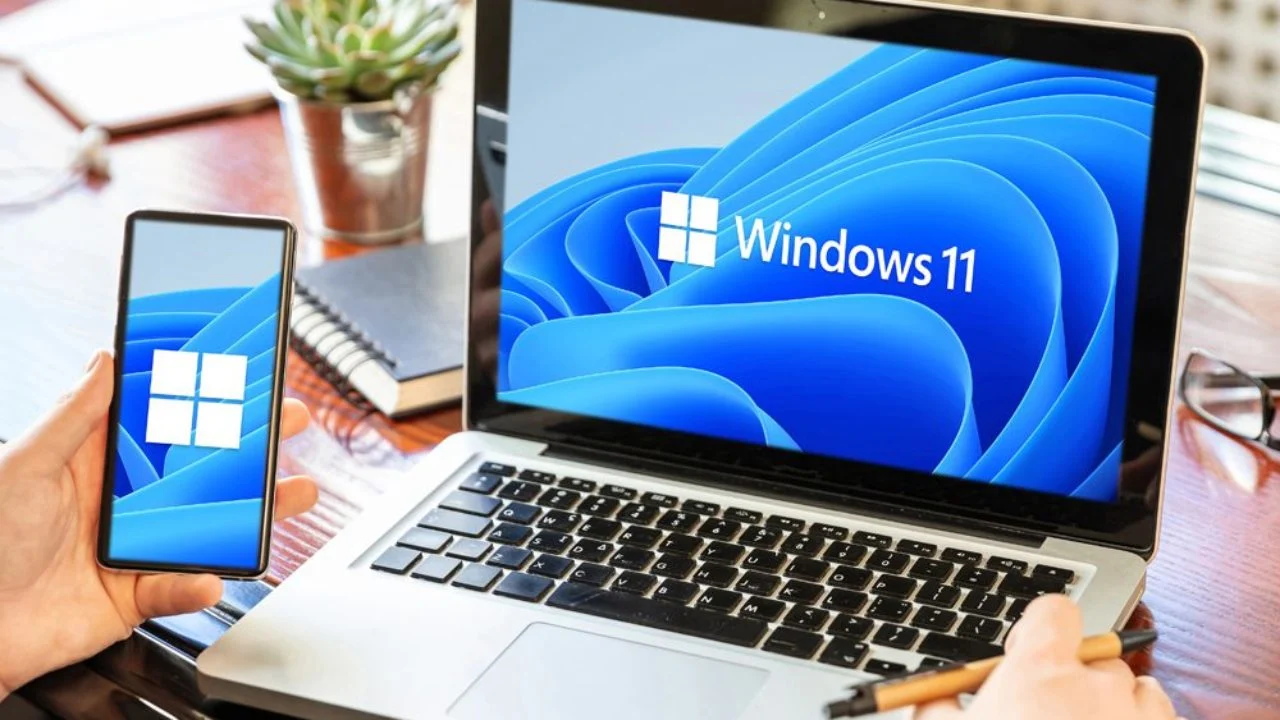
Audio Recording Made Easy: Unleashing the Power of Windows 11’s Sound Recorder
In the realm of Windows operating systems, Windows 11 stands out with its innovative features and user-centric design. Among its many capabilities is the ability to seamlessly record audio without the hassle of installing third-party programs. This guide will delve into the intricacies of audio recording on Windows 11, empowering you with the knowledge to capture and preserve your valuable audio content.
The Sound Recorder: A Built-in Multimedia Maestro
At the heart of Windows 11’s audio recording capabilities lies the Sound Recorder, a versatile app that offers a comprehensive set of features for capturing and managing audio. Its intuitive interface and straightforward functionality make it accessible to users of all levels, from novices to seasoned professionals.
Embarking on Your Audio Recording Journey
To embark on your audio recording adventure, simply navigate to the Start menu and type "Sound Recorder." The app will promptly appear, ready to transform your voice or any other audio source into a digital masterpiece.
A Step-by-Step Guide to Audio Recording
-
Launch the Sound Recorder: Initiate your recording session by launching the Sound Recorder app. Its user-friendly interface will greet you with a microphone icon, beckoning you to begin capturing your audio.
-
Configure Your Microphone: Before commencing your recording, ensure that your microphone is properly configured and connected to your computer. To verify this, click on the microphone icon within the Sound Recorder window and select your preferred microphone from the dropdown menu.
-
Hit the Record Button: With everything in place, it’s time to press the iconic red record button. As you speak or play your instrument, the app will diligently capture and digitize the audio, converting your vocal cords’ vibrations or musical notes into a digital format.
-
Pause and Stop Recording: Control the flow of your recording with the pause and stop buttons. The pause button allows you to temporarily halt the recording, providing you with the flexibility to take breaks or correct any errors. When you’re ready to conclude your recording, click on the stop button.
Managing and Sharing Your Recordings
Once your recording is complete, it will be conveniently displayed in the left sidebar of the Sound Recorder app. From here, you can easily listen to your masterpiece by clicking on it.
To share your recording with others, right-click on the file and select "Show in Folder." This will reveal the folder where your recording is stored, enabling you to move, copy, or share it as you desire.
Advanced Audio Editing: Delving into Audacity
While the Sound Recorder excels at basic audio recording, users seeking more advanced editing capabilities may want to explore third-party software such as Audacity. Audacity offers a comprehensive suite of tools for manipulating audio, including noise reduction, equalization, and multi-track editing.
Conclusion
Windows 11’s built-in Sound Recorder app empowers users with the ability to effortlessly record and manage their audio content. Its user-friendly interface and straightforward features make it an ideal solution for most users seeking a convenient and effective way to capture their voices or other audio sources. For those requiring more advanced editing capabilities, third-party software like Audacity provides a robust platform for fine-tuning and enhancing their audio recordings.
